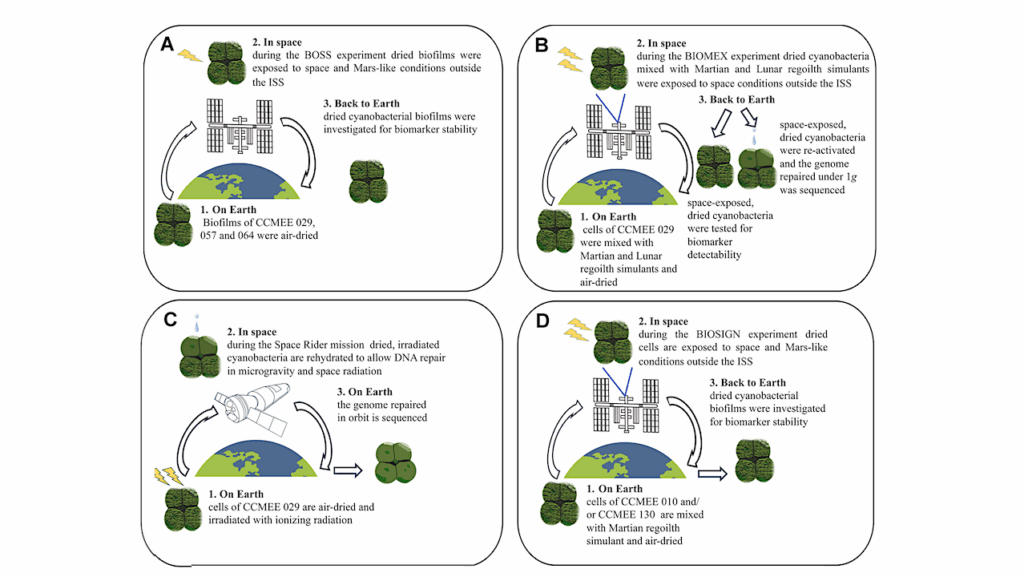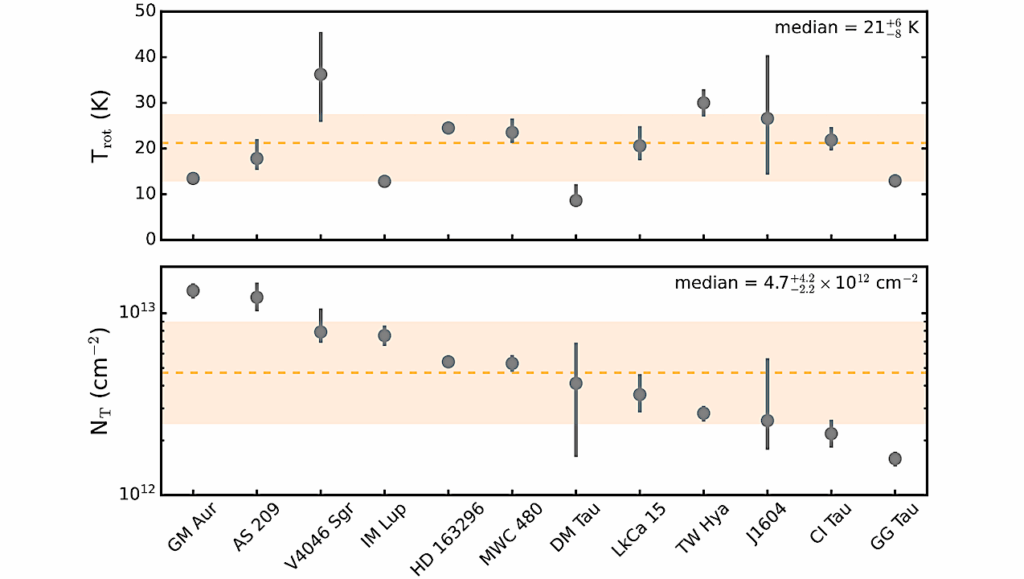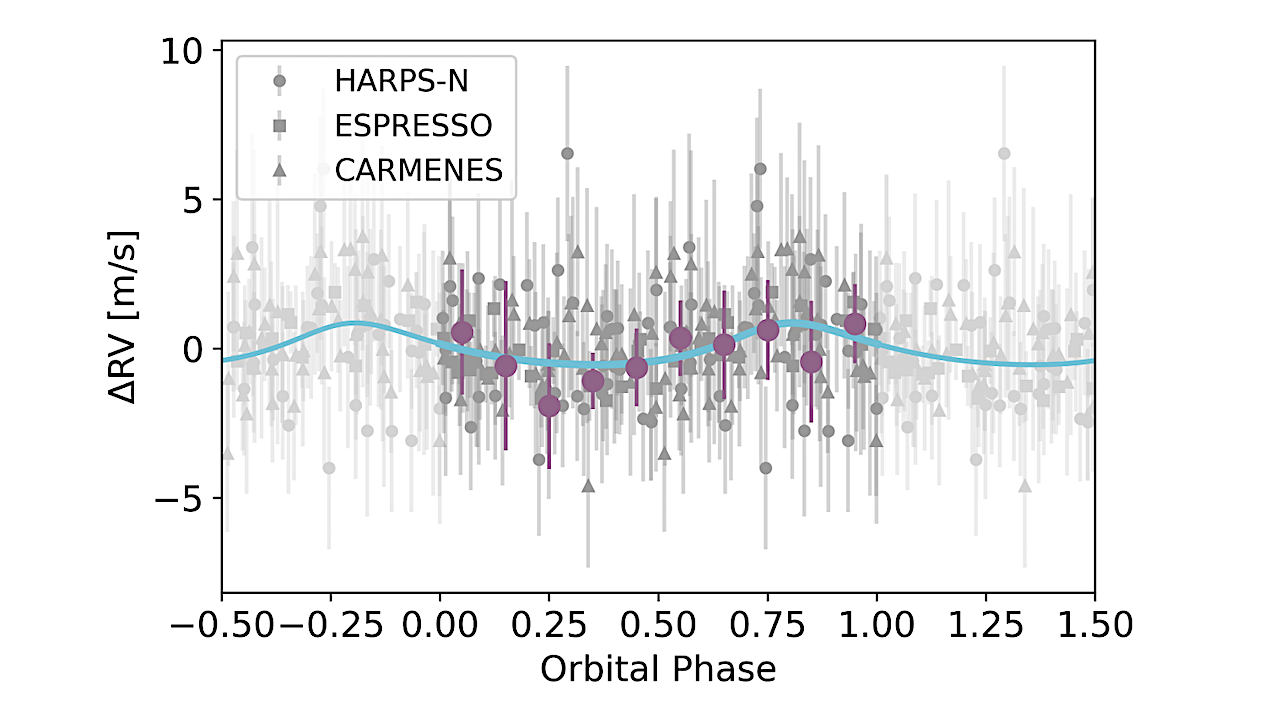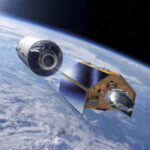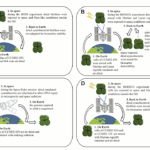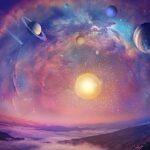Now Reading: Direct High-Resolution Imaging of Earth-Like Exoplanets
-
01
Direct High-Resolution Imaging of Earth-Like Exoplanets
Direct High-Resolution Imaging of Earth-Like Exoplanets
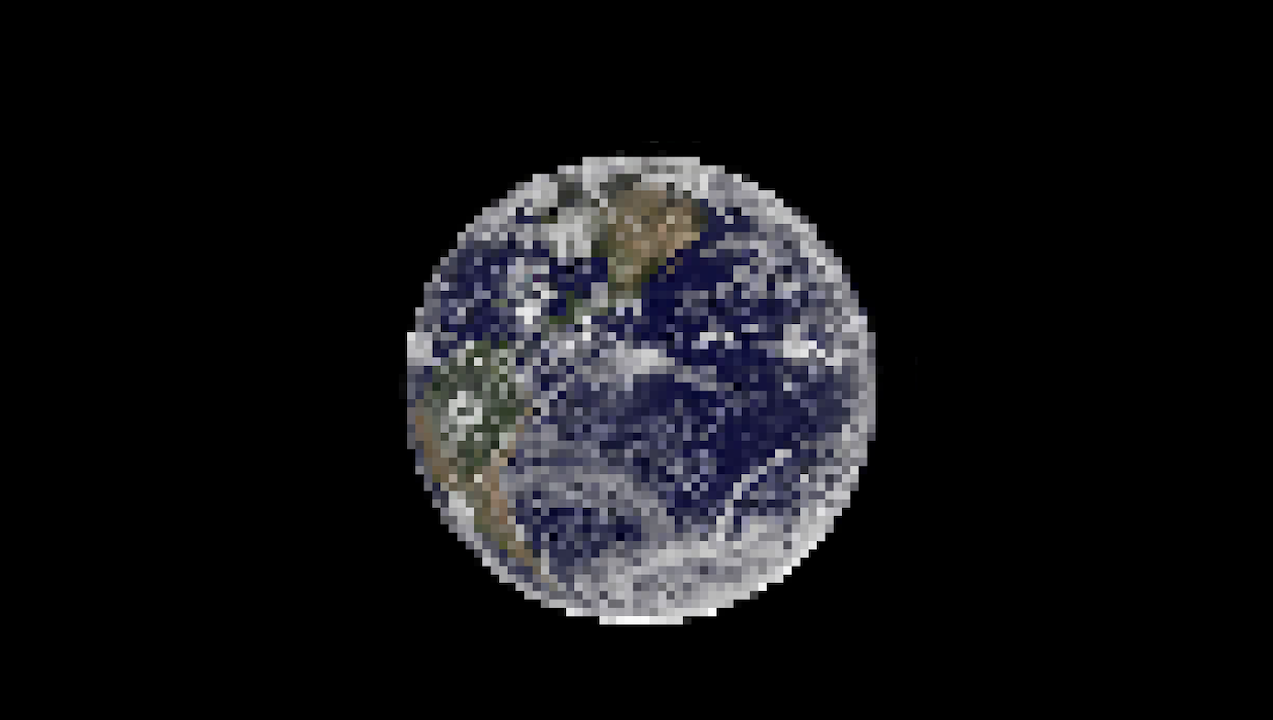

What a terrestrial exoplanet might look like from afar – Astrobiology.com
We have surveyed all conventional methods proposed or conceivable for obtaining resolved images of an Earth-like exoplanet.
Generating a 10×10 pixel map of a 1 R_Earth world at 10 pc demands ~0.85 uas angular resolution and photon collection sufficient for SNR >= 5 per “micro-pixel”.
We derived diffraction-limit and photon-budget requirements for: (1) large single-aperture space telescopes with internal coronagraphs; (2) external starshades; (3) space-based interferometry (nulling and non-nulling); (4) ground-based extremely large telescopes with extreme adaptive optics; (5) pupil-densified “hypertelescopes”; (6) indirect reconstructions (rotational light-curve inversion, eclipse mapping, intensity interferometry); and (7) diffraction occultation by Solar System bodies. Even though these approaches serve their primary goals – exoplanet discovery and initial coarse characterization – each remains orders of magnitude away from delivering a spatially resolved image.
In every case, technology readiness falls short, and fundamental barriers leave them 2-5 orders of magnitude below the astrometric resolution and photon-budget thresholds needed to map an Earth analog even on decadal timescales. Ultimately, an in situ platform delivered to <= 0.1 AU of the target could, in principle, overcome both diffraction and photon-starvation limits – but such a mission far exceeds current propulsion, autonomy, and communications capabilities.
By contrast, the Solar Gravitational Lens – providing on-axis gain of ~1e10 and inherent uas-scale focusing once a spacecraft reaches >=550 AU – remains the only near-term, scientifically and technologically viable means to acquire true, resolved surface images and spatially resolved spectroscopy of Earth-like exoplanets in our stellar neighborhood.
Slava G. Turyshev
Comments: 47 pages, 1 table
Subjects: Instrumentation and Methods for Astrophysics (astro-ph.IM); Earth and Planetary Astrophysics (astro-ph.EP); General Relativity and Quantum Cosmology (gr-qc); Space Physics (physics.space-ph)
Cite as: arXiv:2506.20236 [astro-ph.IM] (or arXiv:2506.20236v1 [astro-ph.IM] for this version)
https://doi.org/10.48550/arXiv.2506.20236
Focus to learn more
Submission history
From: Slava G. Turyshev
[v1] Wed, 25 Jun 2025 08:27:46 UTC (70 KB)
https://arxiv.org/abs/2506.20236
Astrobiology,
Stay Informed With the Latest & Most Important News
Previous Post
Next Post
-
 012024 in Review: Highlights from NASA in Silicon Valley
012024 in Review: Highlights from NASA in Silicon Valley -
 02Panasonic Leica Summilux DG 15mm f/1.7 ASPH review
02Panasonic Leica Summilux DG 15mm f/1.7 ASPH review -
 03How New NASA, India Earth Satellite NISAR Will See Earth
03How New NASA, India Earth Satellite NISAR Will See Earth -
 04And Thus Begins A New Year For Life On Earth
04And Thus Begins A New Year For Life On Earth -
 05Astronomy Activation Ambassadors: A New Era
05Astronomy Activation Ambassadors: A New Era -
06SpaceX launch surge helps set new global launch record in 2024
-
 07Space Force plans new ‘Futures Command’ amid pressure to speed up modernization
07Space Force plans new ‘Futures Command’ amid pressure to speed up modernization













